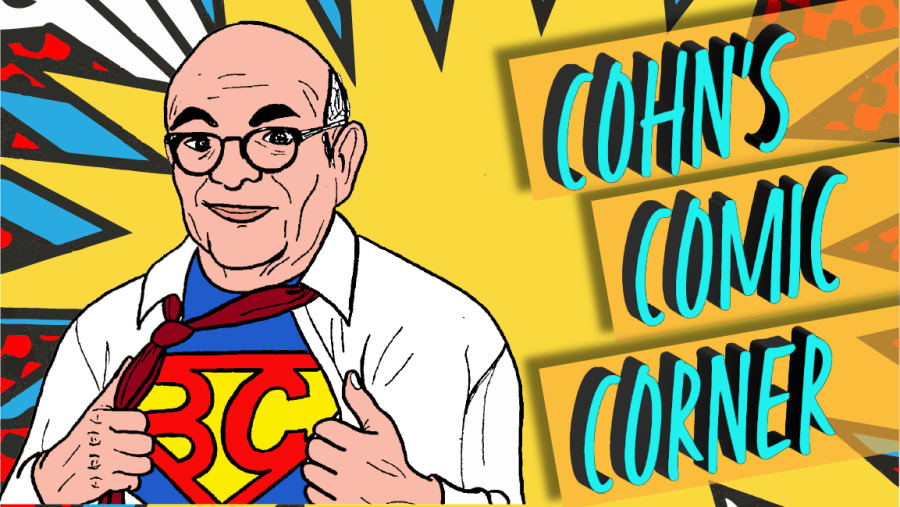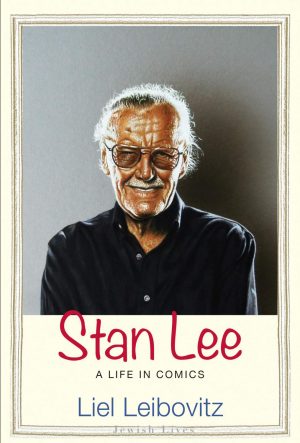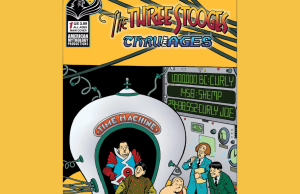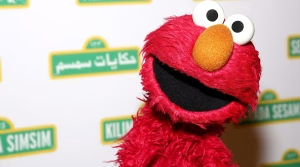Cohn’s Comic Corner: Issue #1
Published January 6, 2022
Readers of the Jewish Light are familiar with my lifelong obsession with comic books. As a kid, I had over 1,200 Golden Age comic books in neat stacks on my windowsill in our Westgate apartment in my beloved University City. I knew most of the stories by heart and my Big Brother Arlan would astound neighboring kids by reading the words of one character and I would then quote the reply and describe the story.
Welcome to Cohn’s Comic Corner
My parents were not fond of my constant reading of comics. My mom warned that “reading that colored print is bad for your eyes.” Comic books were derided as a waste of time and a distraction from homework.
An almost fatal blow against comics was struck with the publication of the book “Seduction of the Innocent” by German-American psychiatrist Fredric Wertham. It attacked comics as a “corruptor of youth,” which he said should be banned outright or heavily censored.
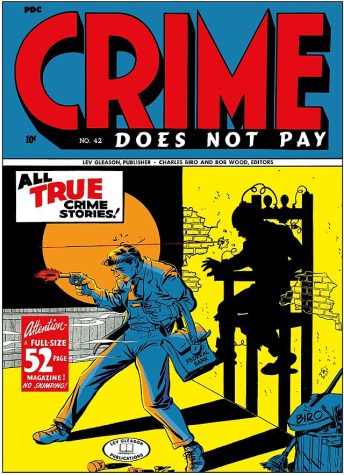
The comic industry defensively created the Comics Code, which eliminated content about violent and gory crime, sexual reference, and “bad language.” I recall comics like “Crime Does Not Pay” in which words like “damn” were used in their stories.
Wertham also alleged that Batman and Robin were gay lovers and Wonder Woman and her cohorts were lesbians or masochists. Those concerns seem quaint today when sexuality issues are more openly discussed and validated. The hysteria against comics paralleled attacks on rock and roll in the mid-1950s. Needless to say, rock and roll and comics are here to stay.
Now, eight decades after “Famous Funnies,” recognized as the nation’s first comic book hit the stands in 1934, comics, cartoons and graphic novels finally have gained the respect they deserve. Blockbuster films based on DC and Marvel super-heroes earn billions worldwide — a long way from the scandalous $130 that DC paid Jerry Siegel and Joe Schuster, two Depression-era Jewish boys, for exclusive rights to their Superman character.
Characters To The Rescue
A recent Wall Street Journal article by Eric Schwartzel reports that the just-released comic-based film “Spider-Man, No Way Home,” starring Tom Holland, “has come to the rescue of Hollywood this weekend.” The article notes that the film which “opened to a record-setting $253 million at the box office this weekend,” is bailing out Hollywood’s pandemic doldrums.
In addition to its role in saving Hollywood, hardly a week goes by without a new book or lengthy article about the predominance of Jewish writers and illustrators of comics and cartoons. Biographies of Stan Lee and Jack Kirby (Spider-Man), Bob Kane (Batman), the aforementioned Siegel and Schuster (Superman), and many others appear regularly in prestigious publications. Recently, I reviewed a superb book by comics maven Roy Schwartz titled “Is Superman Circumcised? – The Complete Jewish History of the World’s Greatest Hero.” That book has been awarded the prestigious international Diagram Prize of the Booksellers, the UK’s oldest publishing trades, for “The most unusual book title of 2021.”
More recently, Roy Schwartz published a piece for HBO entitled “Why Green Lantern is One to the Most Jewish Superheroes of All,” in which he finds links between the hero’s signature lamp and the Eternal Light in synagogues.
Editorials
In addition to comic books and strips are one-panel editorial cartoons, such as those by Herbert Block (Herblock), whose Washington Post cartoons vexed Richard Nixon throughout his career, and the St. Louis Post-Dispatch cartoons by Daniel R. Fitzpatrick, whose pen skewered the Axis powers during World War II. Even graphic novels and underground comics, once scorned by mainstream writers, are being respectfully reviewed in “serious” publications.
Given the interest in comics and cartoons, this new feature, Cohn”s Comics Corner, will highlight Jewish news and features on the topic. For example, last week the prestigious New York Times Book Review, published two side-by-side page one reviews of books about comics: “All of the Marvels – A Journey to the Ends of the Biggest Story Ever Told” by Douglas Wolk (Penguin, $28) and “American Comics” by Jeremy Dauber (Norton, $35). Reviewer Junot Diaz states: “If Western popular culture has a common idiom, a force that binds us all, the stories contained in Marvel comics is probably it.”
In Dauber’s book, reviewer Michael Townsend says the volume “ ‘American Comics’ is an entertaining and richly detailed history of comics.” Of the two books, Dauber’s is almost encyclopedic in scope, covering all platforms including editorial cartoons like those of Thomas Nast, newspaper comic strips, and animated cartoons. Dauber’s book, like many volumes, is a bit too wordy and suffers from a lack of illustrations. Hopefully, future editions will fill that gap.
Stay tuned for future hot news about comics, a medium that is finally getting the respect it has long deserved.



